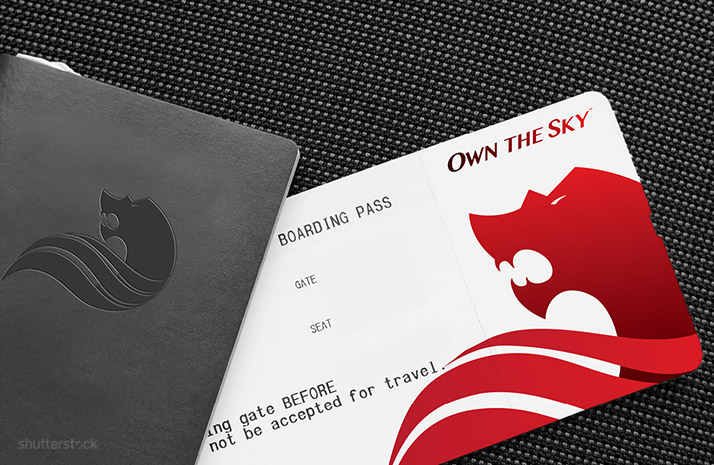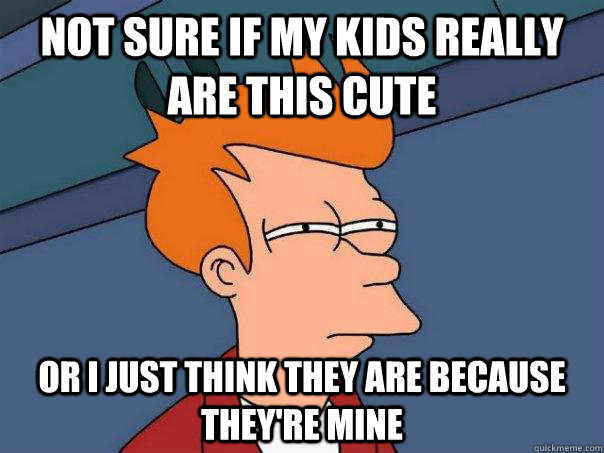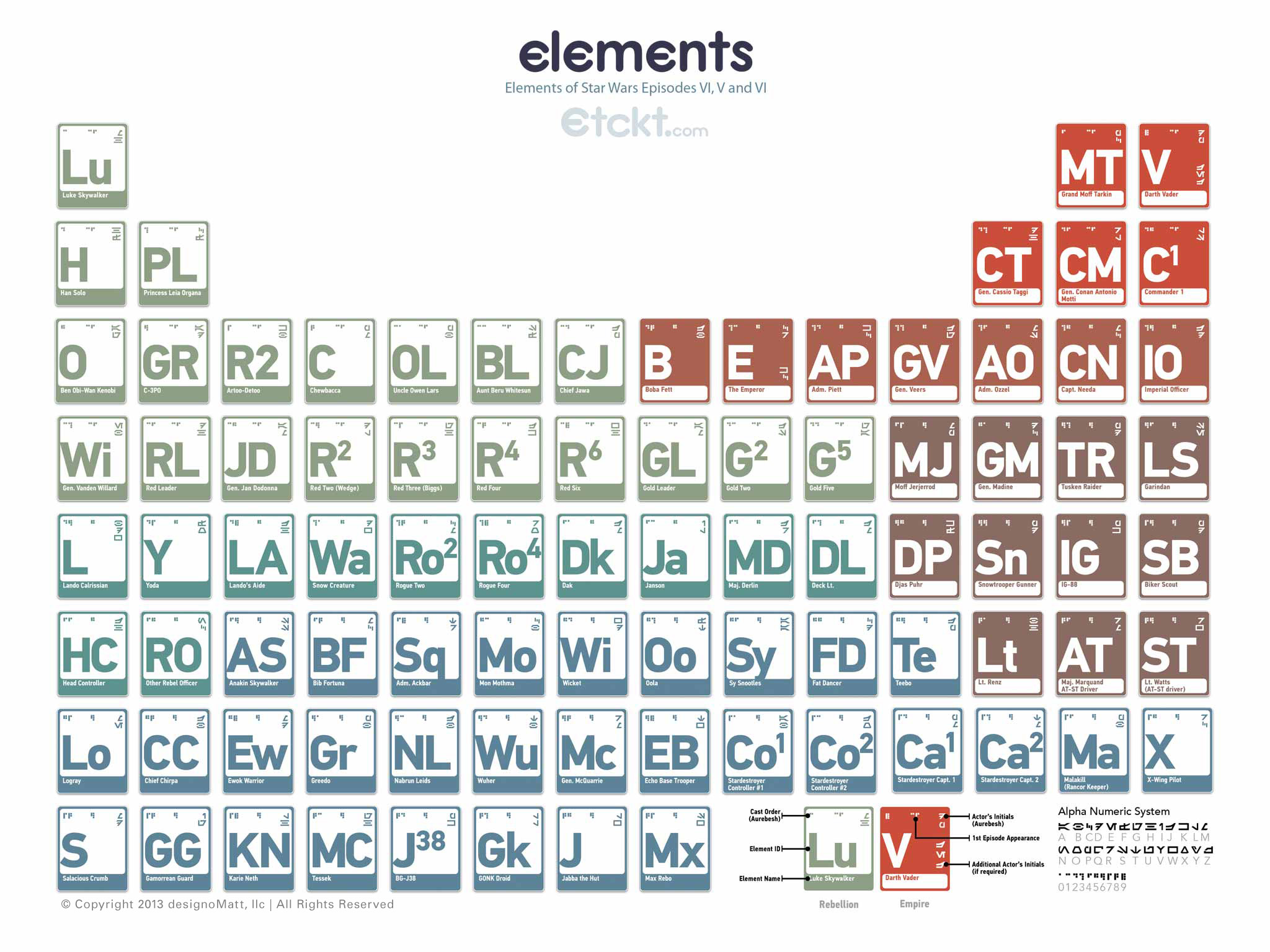My nephew Oliver was born last night. I can't wait to meet him! :-D I wanted to do something nice in honor of his birth, so I've updated my SIL's blog header to include him: A big congratulations to A&W! You guys have been waiting for this for so long and I know that you'll make be fantastic parents! Please hop on over to Anniegurumi.com and wish them congratulations!...
Continue readingStock photo website Shutterstock has followed the steps of other brilliant marketing campaigns that have used their products in advertisements to appeal to the geek crowd.
Taking advantage of today’s popularity of George R.R. Martin’s A Song of Fire and Ice novels — as well as the Game of Thrones television show! — they have taken six of the Great Houses of Westeros, took into account their strengths and cultures, and transformed them into modern corporations with their own distinct brandings.
What’s more, they did this using stock photographs from its extensive database. 🙂
Take a look below — I’m especially loving Air Targaryen! (But then again, I may be biased because Daenerys is my favorite character from the series.)
A chaotic life and lack of inspiration does not make for a good blogger. Here’s some eye candy for those who are curious as to what C&A have been up to lately…
Last week, while taking a walk with the girls, I came across a small playground that seemed intent on being kept hidden. Located on an overlooked side street and tucked between two tall buildings, it’s large enough for basic playground equipment and picnic tables, but small enough to easily keep an eye on your kids whilst sitting down and taking a break.
I also love that it’s guarded by a heavy gate, so I don’t need to worry about the kiddos running into the street. The crowd that visits is friendly, and perhaps the best part is that it’s a lot closer to our house than my previous favorite playground. Suffice it to say, we’ve been there a lot lately. 🙂
If this doesn't make your geek senses quiver with joy, I don't know what will. Created by Etckt, this periodic chart includes all characters from Episodes VI, V, and VI. Each character is categorized by allegiance, and their order of appearance and movies are numbered in each cell (in Aurebesh). Be sure to check out Etckt to read more about how the chart was developed! Via Neatorama. ETA, 05.25.2013: Etckt has updated its site with a new periodic table — this time featuring Episodes I, II, and III! (And just like the prequels, this table has more special effects. ;-) ) Check it out below, and head on over to Etckt for the details! ...
Continue readingCall me Busy Lizzie. Life isn't crazier than usual, but it requires my spending less time from this blog. I know most of you don't really care, but I'd like to indulge my stalkers and overshare the mundane. So here it is, the top 5 things that have been keeping me busy...
Continue reading







